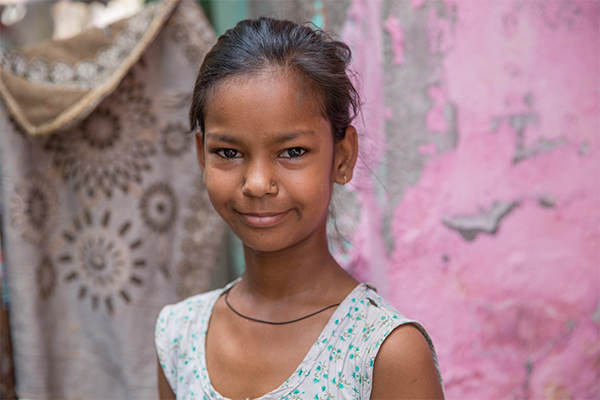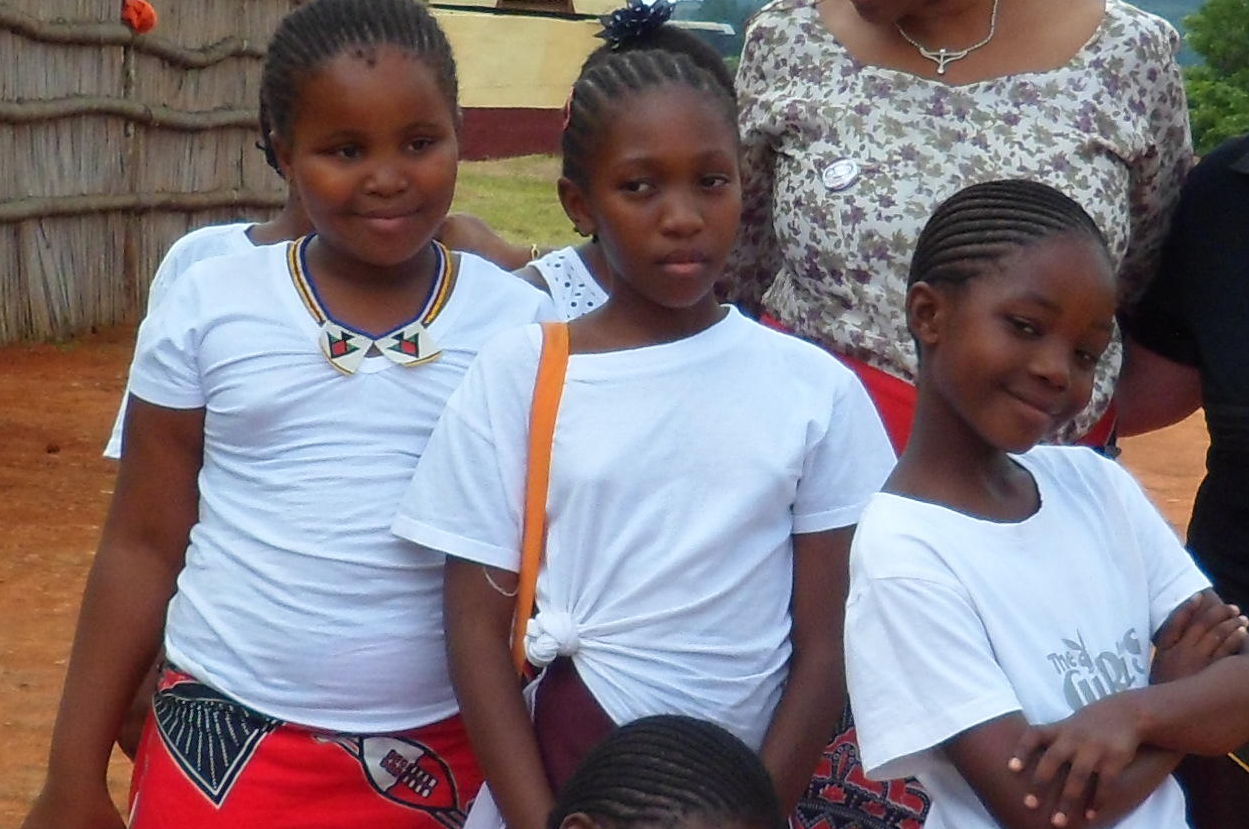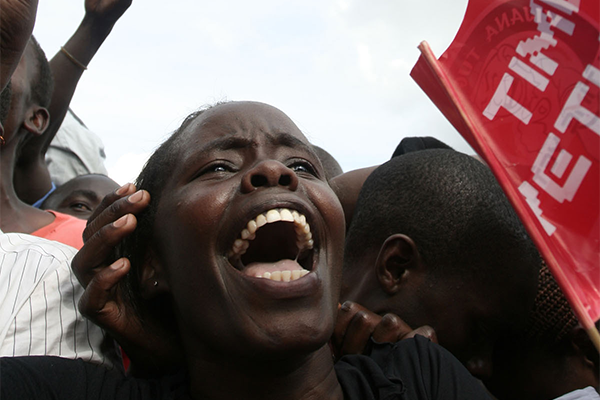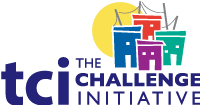AYSRH Toolkit
Making Youth Data Visible- Home
- Help and Support
- Close
- Toolkits
- Global Toolkit
- AYSRH Toolkit
- Hub Toolkits
- Core High-Impact Practices
- Gender Essentials Mini Course
- Close
- Resource Collection
- Community of Practice
- Coaching
- Log In/Register
- My Profile
- English
Data Collection & Use
What is it?
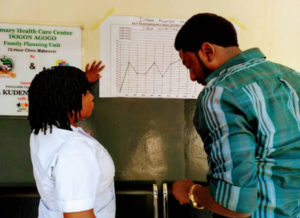 For the purposes of this toolkit, “data management” refers to the collection, analysis and use of data for the improvement of adolescent and youth sexual and reproductive health (AYSRH) programs. These data could include demographic information on who is accessing sexual and reproductive health (SRH) services, rates of contraceptive use among young people and levels of knowledge. Beyond numbers and percentages, data can also include testimonies, stories and experiences of young people.
For the purposes of this toolkit, “data management” refers to the collection, analysis and use of data for the improvement of adolescent and youth sexual and reproductive health (AYSRH) programs. These data could include demographic information on who is accessing sexual and reproductive health (SRH) services, rates of contraceptive use among young people and levels of knowledge. Beyond numbers and percentages, data can also include testimonies, stories and experiences of young people.
Data should be used before programs begin, to understand the environment and context, and to design appropriate interventions; during programs, to continually monitor implementation, make improvements, and strengthen advocacy efforts; and after programs end, to learn from successes and failures, as well as increase the scale and quality of work. The use of data by all implementers throughout the project lifecycle fosters a culture of learning and continual improvement, while also ensuring that programs are responsive to the needs and realities of young people.
What Are the Benefits?
- Prioritizing data collection, analysis and use fosters a culture of learning and continual improvement within an organization, facility, school, or community.
- Data management is an area of programming that provides opportunities for partnership with young people. Young people are often best placed to collect data from their peers and can work with program implementers to do so. In return, young people learn research and data analysis skills that benefit them.
- Capturing relevant data helps tell the story of a program, which may be essential for continued funding and support from government agencies or donors.
- Analyzing data before a program begins sets the stage for a cost-efficient and effective program as its targeted towards the correct sub-populations. Continual monitoring and evaluating with sound data ensures that programs remain responsive to young people; without this, programs may replicate interventions that are out of touch with young people’s needs and realities.
- Data analysis allows us to identify gaps in existing data which, in turn, showcases the need for more investment in capturing the information we need – particularly on certain sub-populations of young people.
How to Implement?
Landscaping: What data are available?
There are several indicators that are used to measure progress in relation to AYSRH globally, such as adolescent fertility rate (AFR), modern contraceptive prevalence rate (mCPR) and unmet need for contraception. Data on these indicators are collected through national demographic and health or other, similar surveys once every five to ten years. These data, alongside facility data on young people accessing SRH services, school data and supply data could be consulted to get an overall idea of what data exists in a given context. While important, these indicators cannot provide a complete picture of AYSRH: For example, they cannot tell why adolescents are or are not accessing SRH services. Further, demographic and health survey data are often not disaggregated and, in some countries, are only collected from married women.
If they are used as the only sources of information, these indicators can contribute to the marginalization or “invisibilization” of key populations of young people residing in urban environments. The limitations of existing data should be considered, discussed and fully understood by all involved in an AYSRH program. It is commonly said that “what gets counted, gets done. ” The first step in determining which data you will use to measure progress is to work with young people to determine “what gets counted.” A starting point is asking some critical reflection questions, such as:
- What do existing data tell us? What don’t they reveal?
- Are young people’s voices in the existing data? If not, how can we capture them?
- Which groups of urban young people are “invisible” in the existing data sets? Are unmarried young people represented?
- Do the data available speak to the realization of young people’s sexual and reproductive rights, including informed consent?
Consider the program’s data needs
What are the data needed to capture the program’s progress and tell its story effectively? This thought process should be a part of strategic planning for the program, and reviewed periodically during implementation to ensure that the data available for the program are fit for purpose and are capturing the program’s impact from multiple perspectives—including young people and other stakeholders.
Develop indicators and a research plan, if applicable
Developing indicators is an essential step of any program. Indicators measure one variable of your program and should be SMART:
- Specific: Focused and clear
- Measurable: Quantifiable and reflecting change
- Attainable: Reasonable in scope and achievable within set time-frame
- Relevant: Pertinent to the review of performance
- Time-Bound: Trackable over a specific timeframe
| Sample AYSRH indicators |
|
Services
|
|
Demand
|
|
Advocacy
|
In addition to capturing data on a program’s progress, it may also be an option to develop research questions that can be answered through the program. For example, if you are running an outreach program for young women living in an urban slum, in addition to capturing data on their contraceptive uptake or usage, you may also wish to generate data on the challenges they face in accessing contraception to help shape future interventions.
Develop a plan for feeding data into the program
Data should not be collected for the sake of collecting data; its value lies in its potential to improve the quality of programs and services for young people. As such, every program should consider how the data collected will be fed back to implementers at all levels, as well as the communities served by the program.
There are many ways that this can be done; examples include public forums to share information with program participants (e.g. young people, parents, community leaders); meetings with service providers to discuss client data; or client-provider liaison committees used to interpret data and discuss programmatic implications.
Consider the implications of your data collection
As indicators are agreed upon with young people, consider the implications of what will be monitored and collected. Data collection can be time-consuming and financially burdensome; the methodologies for collecting the data you need should be fully resourced with staff time and finances, if needed. Another consideration is the potential for data collection itself to alienate clients; asking too many questions before you have completely established trust can alienate your stakeholders.
The team should critically reflect on whether collecting attempting to collect certain data could harm the likelihood of providing services to all young people who need them. Ethical and legal considerations, including parental consent requirements, should also be considered when doing any type of research or evaluation with minors.
| Example: Improving data collection for FP2020
Comprehensive, relevant and timely data allows governments, non-governmental organization (NGOs) and providers to know what is working, who they are reaching, and what gaps remain. As part of its Family Planning 2020 pledge, Population Services International (PSI) aimed to improve its collection and use of age-disaggregated data. PSI uses District Health Information System 2 (DHIS2), which contains data from more than 40 countries across four continents. The DHIS2 digital application tracks and analyzes client-level data to enable improvements in evidence-based programming. The same system is used by Ministries of Health in many countries, allowing the private social franchise clinics in PSI’s network to efficiently report their data to the public sector. A limitation of tracking SRHR impact at retail outlets, however, is their inability to capture client age. Attempting to collect such data could deter young people from accessing contraceptives through kiosks, drug shops, pharmacies and other outlets where anonymity is of utmost importance. |
TCI APP USERS PLEASE NOTE
You will only receive CERTIFICATES by email – when earning a score above 80% – and will not be able to view or print a certificate PDF from the TCI app.
Test Your Knowledge
Earn a Certificate
Quiz Summary
0 of 6 Questions completed
Questions:
Information
You have already completed the quiz before. Hence you can not start it again.
Quiz is loading…
You must sign in or sign up to start the quiz.
You must first complete the following:
Results
Results
0 of 6 Questions answered correctly
Your time:
Time has elapsed
You have reached 0 of 0 point(s), (0)
Earned Point(s): 0 of 0, (0)
0 Essay(s) Pending (Possible Point(s): 0)
Categories
- Not categorized 0%
- 1
- 2
- 3
- 4
- 5
- 6
- Current
- Review
- Answered
- Correct
- Incorrect
-
Question 1 of 6
1. Question
Data should only be used after a program in order to ensure that programs are responsive to the needs and realities of young people.
CorrectIncorrect -
Question 2 of 6
2. Question
In reference to data indicators, what does SMART stand for?
CorrectIncorrect -
Question 3 of 6
3. Question
What are some common indicators used to measure progress in relation to AYSRH on a global scale?
CorrectIncorrect -
Question 4 of 6
4. Question
One of the benefits of data management is that it provides opportunities for partnership with young people.
CorrectIncorrect -
Question 5 of 6
5. Question
How do you intend to use the information reviewed and/or tools that you accessed?
-
This response will be awarded full points automatically, but it can be reviewed and adjusted after submission.
Grading can be reviewed and adjusted.Grading can be reviewed and adjusted. -
-
Question 6 of 6
6. Question
How useful did you find the information and/or tools presented on this page? Please write your response in the box below using one of the following phrases: Very useful, Useful, Somewhat useful, Not useful.
Feel free to comment on why you made that choice.
-
This response will be awarded full points automatically, but it can be reviewed and adjusted after submission.
Grading can be reviewed and adjusted.Grading can be reviewed and adjusted. -
Approaches: Making Youth Data Visible
Tools Related to This Approach
- Adolescent Data Hub, Population Council
- Adolescents and Youth Dashboard, UNFPA
- District Health Information System 2
- Statcompiler, DHS Program
- Demystifying Data – A guide to using evidence to improve young people’s sexual and reproductive health, Guttmacher Institute
- Workbook: Are you on the right track? (English | French), Rutgers
- Quality Assessment Guidebook: A Guide to Assessing Health Services for Adolescent Clients, WHO
- Explore – A toolkit for involving young people in SRH research, Rutgers
- Factors impacting use of health services by first-time/young parents: A formative research toolkit, USAID/MCSP
- The Global Early Adolescent Study (GEAS) Tool Kit, WHO
- Guidance on ethical considerations in planning and reviewing research studies on sexual and reproductive health in adolescents, WHO
- Positive Youth Development Measurement Toolkit, USAID YouthPower
- Youth Engagement Measurement & Indicators, USAID YouthPower
References
See a listing of all AYSRH references.


